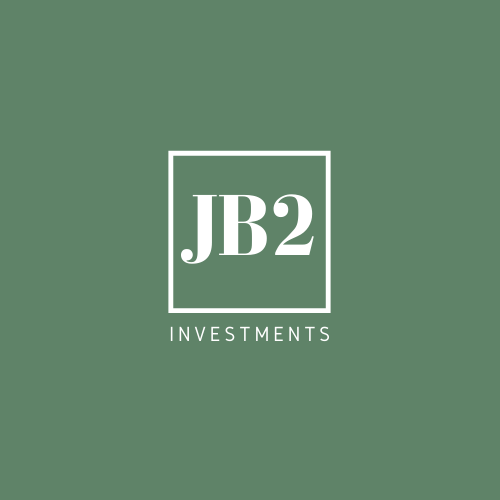The JB2 Strategy Gives Us a Competitive Advantage
In the syndication world, most operators are essentially running long-term flips. They improve the property to a point, raise rents, and three to five years later they can sell for a profit. Our longer-term hold approach is more about the cash flow coming in which differentiates us from the norm.
So, how does this approach give us a strategic advantage with certain types of purchases?
What is the JB2 Strategy?
Let’s start by explaining the JB2 Investments strategy. It’s quite simple, really. Buy a 70+ unit multi-family property in C+ or better areas that provide cash flow on day one, have some form of value-add, that we can refinance most of the capital within five years, hit 8-10 % average yearly cash on cash, and then hold much longer-term from there (10+ years).
Our value-add component lately has been reducing expenses, adding a unit, less staffing needs, some upside on rents, and implementing technology to run the asset efficiently. The buildings have mostly been in pretty good shape, doing minor things to help endure the longer hold time like new windows, water heaters, HVAC, etc.
We are also making sure while we own the property to keep up with preventative maintenance to extend the life of the systems. Also, we keep enough reserves around to withstand surprise major repairs. The fact that we are buying properties in better shape mitigates the risks and surprises that come from a larger construction project. Though we wouldn’t be scared of larger construction project, due to pricing it just hasn’t made sense for us to take on that added risk. So far, our strategy has been doing quite well and we are crushing our projections.
What Issues Arise from a Long-Term Flip Approach?
Most syndicators are looking to raise NOI (net operating income) enough so the value is such that they can sell for a significant profit within five years. This means that they usually need to buy properties that are in serious distress that have enough upside on rent, which is usually, a minimum of a hundred dollars of rent increase per unit. Thus, the reason why the prices on these types of assets, heavy value-add properties have gone up.
We have seen some of these groups get too aggressive with rent increases which allows them to pay these higher prices. As we have a more conservative approach, we want to have some room on rents. Also, we want to get a good price for these types of assets with the increased construction risk. Most of these heavy value-adds are usually cashflow poor during most of that 5-year investment, mainly relying on the increase in value and subsequent sale for the vast majority of the return.
For us, this is a risky proposition because what happens if cap rates expand and values decrease? That’ll put those syndicators in a tough position, hurting the business plan and returns significantly. Another thing that could hurt this return significantly is if the project takes longer and costs more. Which in large construction projects tends to be the case. Ultimately, we aren’t completely against this approach but you just need to buy at a low enough basis and hold long-term to be able to absorb any market fluctuations.
Getting that Competitive Advantage
Most syndicators need to buy heavy value-adds for the business model to work, leaving fewer buyers for more stabilized assets. However, we are still able to hit our returns on these assets since we are longer-term holders, generally have some upside on rents, and we have the ability to affect NOI positively in other ways by running the property better. We are still able to raise values enough to refinance at least 50% plus of capital within the first five years even though we do not take the refinance into account in our underwriting. We do not take that into account because values again could fluctuate along with rates.
What gives us our competitive advantage with the stabilized assets is the long-term nature of our holds. Additionally, most groups buying stabilized assets are not looking to improve things significantly, it’s more a plug and play for them. For us, we go through each expense line item thoroughly and determine based on our experience where we could do better. That could be anywhere from cutting marketing expenses to saving on utility costs with LED lighting or water-conserving fixtures. On their own, each item isn’t much but a little bit here, but a little bit there adds up. These improvements allow us to compete on our offers, mitigate risk by minimum construction needs, and hit the numbers for our investors. This strategy is quickly becoming our expertise and preferred method of doing business based on the results.
Though this approach gives us a competitive edge, it doesn’t mean it’s easy. It’s still incredibly difficult for us to find the right deals that fit this mold. We are a bit picky but also very patient when comes to the right property in the better areas. We can be patient because of our low overhead; therefore, we don’t need to do deals just to pay for things. Our pickiness and patience are paying off with results that are beating projections. We are excited to lean into this strategy and be able to present more opportunities.

